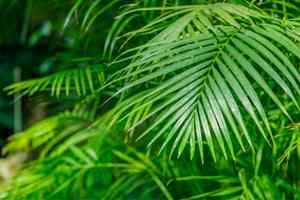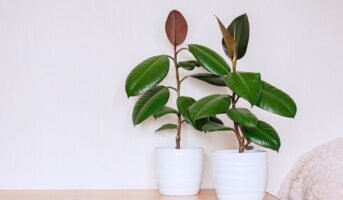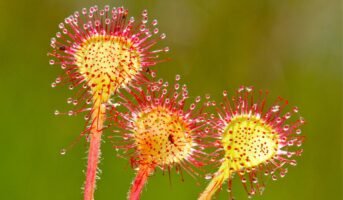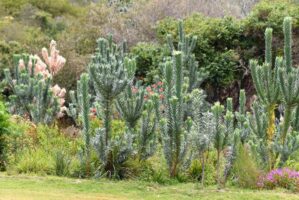Dypsis Lutescens is the botanical name of the popular indoor plant, Areca Palm. It is a flowering plant that belongs to the Arecaceae family. With large, attractive pinnate leaves, it is a popular ornamental plant widely used in homes and offices. It has a common name called Palm. Tap to learn more about the palm tree.
The plant is also known by other names such as Golden Cane Palm, Bamboo Palm, Yellow Palm, and Butterfly Palm. As Dypsis Lutescens grows well in tropical and temperate climatic conditions, you can grow it in your garden. There are different types of perennial plants. Visit to know more.
Read also about how Ferns are more than just ornamental plants.
Dypsis Lutescens: Quick facts
| Plant name | Dypsis Lutescens |
| Common name | Areca Palm, Golden Cane Palm, Bamboo Palm, Yellow Palm, Butterfly Palm |
| Family | Arecaceae |
| Found in | Madagascar |
| Flower | Golden or yellow flowers |
| Foliage | Green, waxy leaves |
| Fruit | Black, gold/yellow or orange coloured fruit |
| Flower blooming season | Summer |
| Stem | Bamboo-like stems, clustered and smooth |
| Benefits | Air purifier, humidifies indoor air, used for decorative purposes |
The perennial plant, characterised by arched fronds and multiple stems emerging from its base, grows up to a height of six to 12 metres (39 feet). Dypsis is a complex and highly variable plant among a group of nearly 140 species of pinnate-leaved palms.
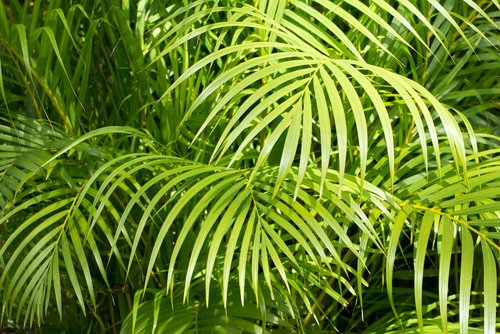
Dypsis Lutescens: Benefits
- Ornamental purpose: Dypsis Lutescens is a low-maintenance plant that needs indirect sunlight. Thus, it can be placed indoors to beautify interiors.
- Air humidity: Dry air can cause a sore throat when inhaled and cause skin dryness and irritation, eye itching, and aggravate respiratory ailments like asthma, bronchitis, and sinusitis. Keeping indoor plants like Dypsis Lutescens can significantly improve humidity levels indoors.
- Reduces indoor pollutants: The plant can break down compounds like acetone, formaldehyde, xylene, and toluene, thus eliminating pollutants and purifying the air. It is a plant with large surface area of leaves, producing more oxygen.
- Medicinal uses: Dypsis Lutescens is known to possess medicinal properties, which includes antioxidant and anti-cancer properties.
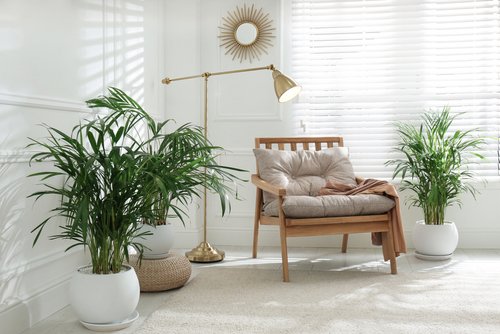
Dypsis Lutescens: Plant care
Dypsis Lutescens plants are ideal indoors but require adequate maintenance and sufficient exposure to sunlight.
Soil pH
The plant grows in slightly acidic soil with a pH between 6.1 and 6.5. Choose a well-drained potting soil for growing the plant indoors. Make sure to keep it moist but not soggy, especially in the growing season.
Sunlight
Place the plant in a bright area with indirect light or partial shade. Direct sunlight will damage the leaves.
Watering
The plant requires a moist growing medium. However, allow the soil to dry out between watering times.
Temperature
Dypsis Lutescens plant prefers warm climates. The minimum temperature required for the plants to thrive well is 15°C.
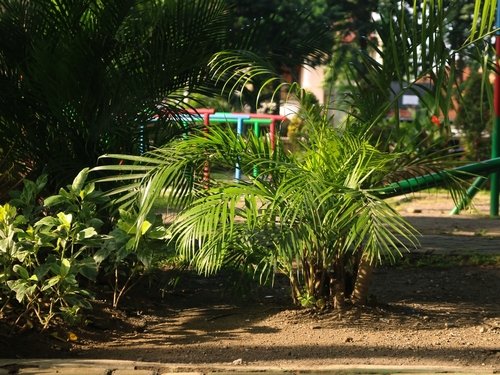
Read also: Salvia splendens: Know how this plant is more than just ornamental
Is Dypsis lutescens an indoor plant?
Dypsis lutescens is widely grown as an indoor plant in modern homes. As the plant can thrive in indirect light or partial shade, it easy grow and maintain indoors. You can keep this low-maintenance plant inside your house to bring the vibes of tropical gardens.
FAQs
Is Dypsis Lutescens an outdoor plant?
Dypsis Lutescens, or Areca palm grows well outdoors, when placed in partial shade.
Where do I put Lutescens Dypsis?
You can place Dypsis Lutescens plants in decorative flowerpots inside your home. Place the plant to beautify your living room. You can also keep it in a balcony, where the plant receives indirect sunlight.
How do you care for Lutescens Dypsis?
Dypsis Lutescens plants require minimum sunlight and maintenance. However, it requires a little sunlight. Hence, you can keep it in partial shade in your balcony or inside your house. The plant needs moist soil but avoid overwatering when caring for this plant.
Harini is a content management professional with over 12 years of experience. She has contributed articles for various domains, including real estate, finance, health and travel insurance and e-governance. She has in-depth experience in writing well-researched articles on property trends, infrastructure, taxation, real estate projects and related topics. A Bachelor of Science with Honours in Physics, Harini prefers reading motivational books and keeping abreast of the latest developments in the real estate sector.
